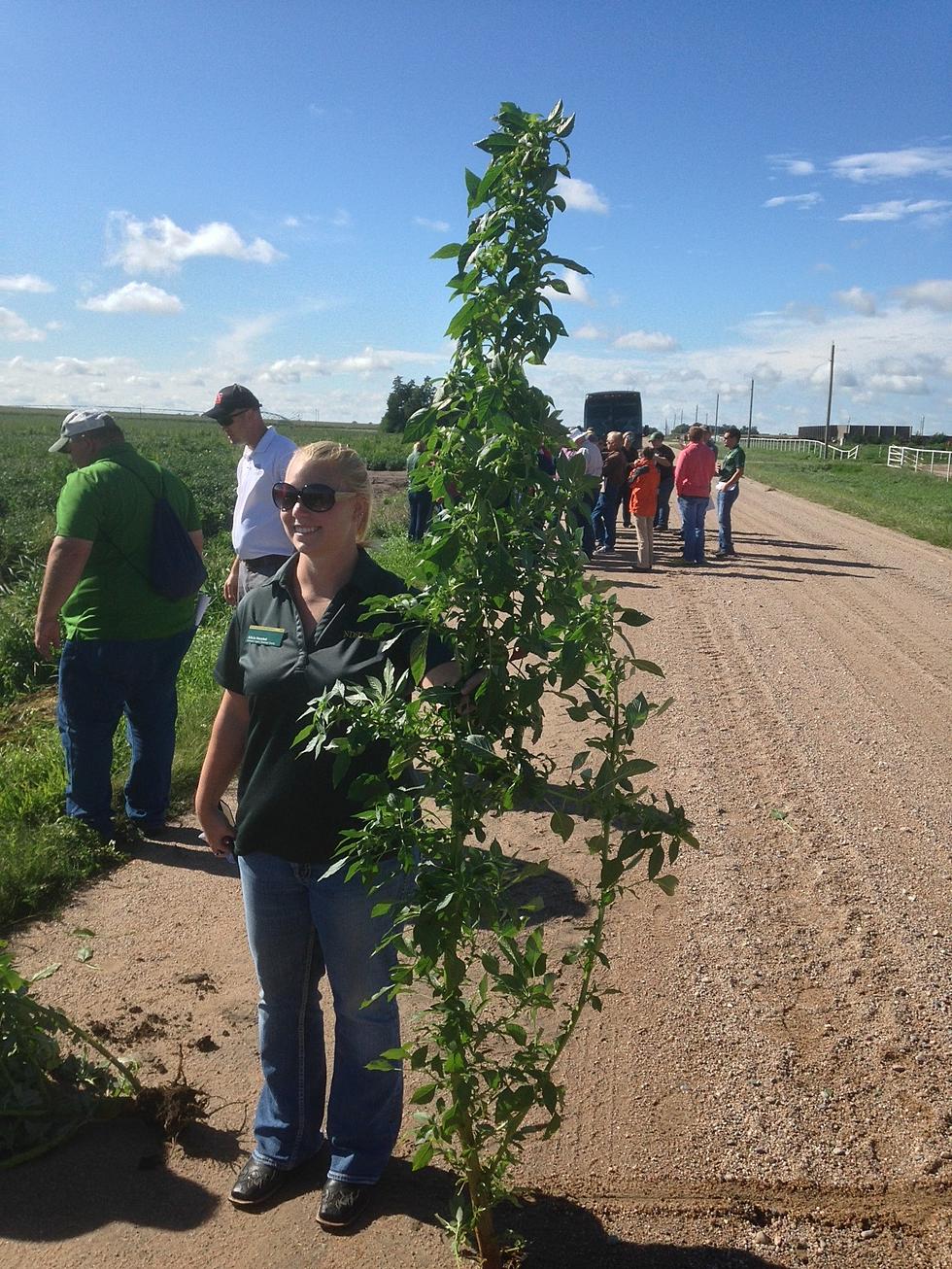
Palmer Amaranth In Minnesota Again?
There are many ways that Palmer Amaranth can find its way to Minnesota. It has been transported in conservation and cover crop seed, in and on equipment being moved from infested fields to non-infested farms, it can move by migrating waterfowl eating the seeds and then flying miles before doing what birds do! There is at least one documented case where Palmer Amaranth came to Minnesota in cattle feed.
It is very likely that palmer will find its way to Minnesota again in cattle feed. I believe in the previous case it was corn screenings. It is quite possible that it can hitch a ride to Minnesota again in cotton seed too. Cotton seed is a very popular feed ingredient in dairy rations. When I was a dairy farmer I feed cotton seed in my rations for many years. when you bring feed into Minnesota produced in the south there is a chance there may be Palmer Amaranth seed in it.
When I buy cover crop seed I make sure it is certified seed. The fields are inspected many times during the growing season for all noxious and other weeds. Sure, it costs more but I do not want staff from the Minnesota Department of Agriculture in my fields with flame throwers destroying Palmer Amaranth weeds! When you are harvesting corn and beans this fall be on the lookout for Palmer Amaranth.
If you see a weed and are not sure contact your agronomist or the Minnesota Department of Agriculture. We do not want Palmer Amaranth get established in Minnesota!
[gallerytitle="GET IN THE MOOD: 10 Images That Scream Fall in Minnesota" galleryid="717:255144"]
More From KDHL Radio

![[Listen] Gordy Recap Bean Acres Down 4 Million Corn Up 2 Million](http://townsquare.media/site/685/files/2021/06/BEANS-BEFORE-SPRAYING-6-26-17.jpg?w=980&q=75)
![[Listen] Gordy AG Market Recap Grans Sharply Lower Late Week](http://townsquare.media/site/685/files/2023/06/CHAD-SIDE-DRESSING-NITROGEN.jpg?w=980&q=75)
![[Listen] Gordy Recap Markets Closed Today](http://townsquare.media/site/685/files/2021/12/Soybeans-Growing91.jpg?w=980&q=75)
![[Listen] Jeff Vetch SROC How Much Nitrogen Did We Loose?](http://townsquare.media/site/685/files/2022/01/CHAD-SIDE-DRESSING-NITROGEN.jpg?w=980&q=75)
![[Listen] Gordy Market Recap Bears Have Everything Going Their Way](http://townsquare.media/site/685/files/2021/04/4430-PLANTING-SWEET-CORN-AT-NIGHT.jpg?w=980&q=75)

![[Listen] Gordy Ag Market Recap Brutal Week We Have Seen Before](http://townsquare.media/site/685/files/2022/06/CHADS-COMBINE1.jpg?w=980&q=75)
![[Listen] Gordy Ag Market Recap Fed Comments Spook Markets](http://townsquare.media/site/685/files/2022/06/CHADS-COMBINE1.jpg?w=980&q=75)
